Close

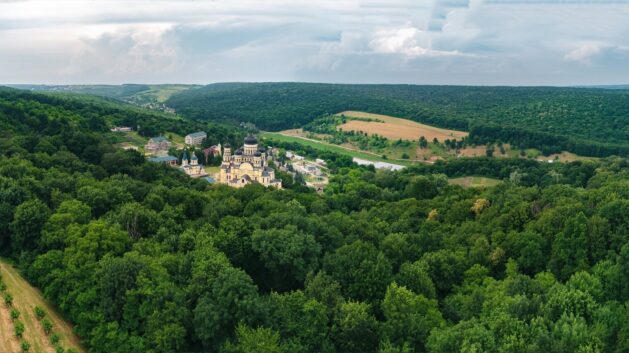
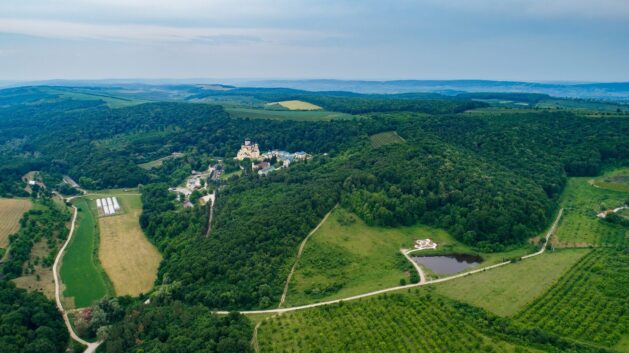
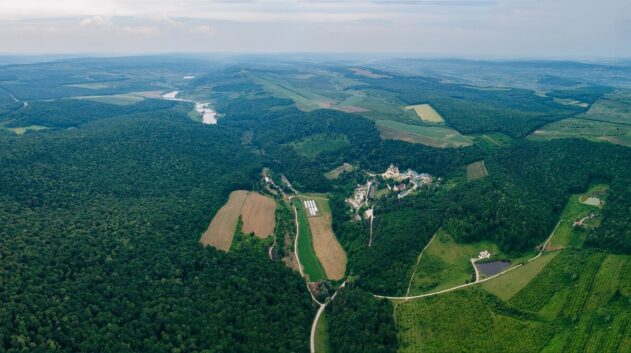
Codru PGI

This Moldovan wine region is delimited for the production of wine with PGI. Located in the heart of the Republic of Moldova, over time it became distinguished for its specific environmental features favourable for the creation of strong wines.
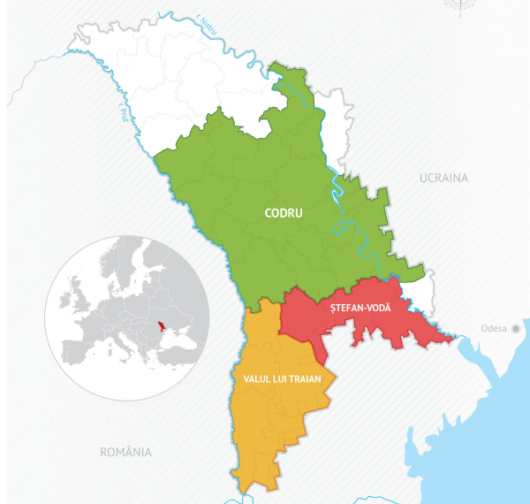

Altitude
150 – 400 m. above sea level

Sunny days a year
310 – 320

Rainfall, annual average
450 – 550 mm.

Sum of active temperatures
3000 – 3450 °C
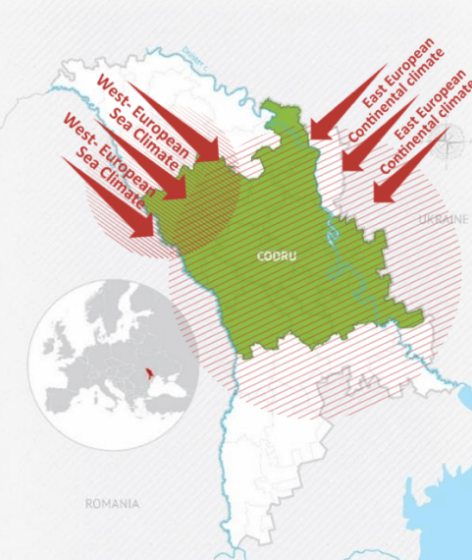
Climate
The climate of this wine region is temperate and continental with a mild, short winter, a warm, long summer, but a relatively small amount of atmospheric precipitation. The average annual temperature is 9.0-9.5°C.
Landscape
The landscape of the Codru PGI region is strongly fragmented by a chain of valleys, ravines and numerous cliffs, ridges, and hills, intersected by streams and small tributaries. The strong fragmentation of the relief has led to the formation of slopes with varying degrees of inclination. About 79% of the total area of the region falls within the 1º to 10º inclination limits of the slope, where the very slightly inclined class of 1º - 3º slopes pre-dominate accounting for about 39.2%, while the slightly inclined 3º – 5º slopes account for about 27.8%. Two large cross-border rivers, Prut and Nistru, flow through the region along with the inland rivers of Răut, Ichel, Bâc, Botna, Ciornaia and their tributaries.
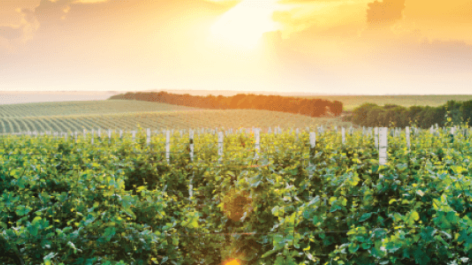
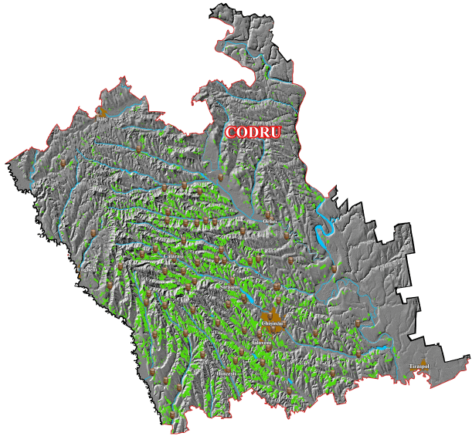
Soil
The structure of the soil is paramount for the quality of wine products. The composition of the soil cover in the Codru delimited wine region is rich in black soil (chernozem) which prevails in about 62% of the territory. Brown and grey soils occupy about 14% of the territory, most of which is covered with forest vegetation. The chernozem soils of this territory are made up of a carbonate type of soil which accounts for about 21%, ordinary chernozem - about 19%, leached chernozem - about 11%, and typical chernozem - about 8%.
The typical character of wines
The composition of the soil along with the specific climate of the “Codru” wine region has created excellent conditions for the production of high-quality white wines as well as for the production of exceptional sparkling wines. White-grained grapes are grown on the slopes of the region, covering about 63% of the total area producing PGI wine products. The remaining 37% is covered by black-grained grapes. The predominant varieties here are: Cabernet Sauvignon, Chardonnay, Merlot, Rhein Riesling, and Sauvignon Blanc.
The white wines produced in the Codru region have a lemon-yellow colour with green re-flections which at maturity becomes straw-yellow to golden. At the olfactory level they are charac-terised by freshness, well-pronounced aromatic complexity, accentuated minerals and a prominent fruity floral bouquet. All these flavours create a delicious taste which ex-presses the freshness of summer fruits. The sparkling wines, depending on the varieties used in the blends, are characterised by straw yellow to golden yellow colour for whites, by a pale pink to pink colour for rosé wines and by a red to ruby red colour for red wines. Characteristic of the sparkling wines is a long beading and an abundant foaming. The bouquet is fine and floral, and the taste is round and ample. Red wines are characterised by a red, ruby colour (or nuances of cherry and pomegranate) with purple reflections that turn to brick as a result of maturation. They have a unique fine bouquet with notes of red berries (black currant, raspberry, blackberry, cherries, and wild plums) and sweet spices (cinnamon and fatty red pepper). Their taste is light, supple, round, and velvety. The liqueur wines have a rich bouquet, primarily resulting from technological production pro-cesses, characterised by transient notes of nuts, dried fruits, and flowers. In the case of white wines, these nuances might also be reminiscent of plums. The reds may include hints of chocolate.
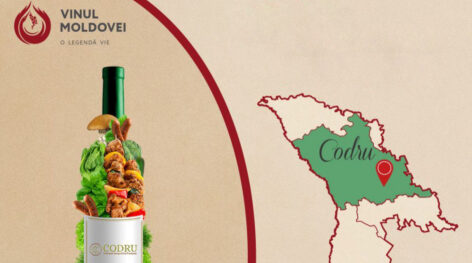
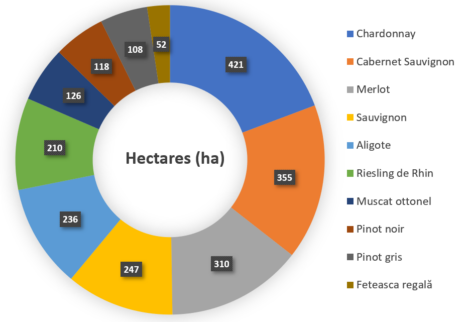
Wineries in the Codru PGI region
/ Follow us
/ Subscribe to news
/ Wineries / Tourism / Wine History / About ONVV / News
MD-2004, Republica Moldova, mun. Chișinău, str. Sfatul Țării, 59
office@wineofmoldova.com, tel. 022 105 560
Copyright © Oficiul Național al Viei și Vinului (ONVV). All rights reserved. Privacy Policy